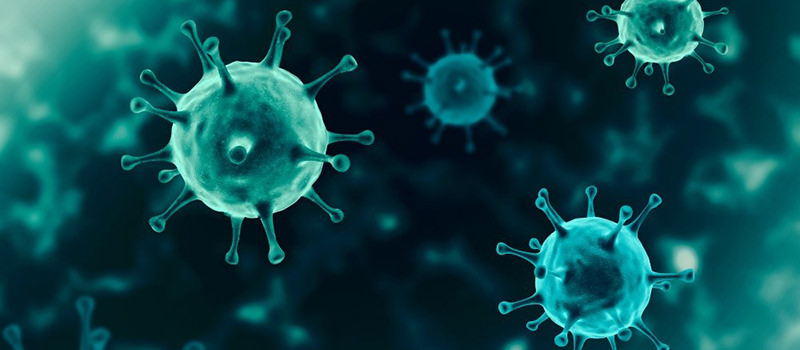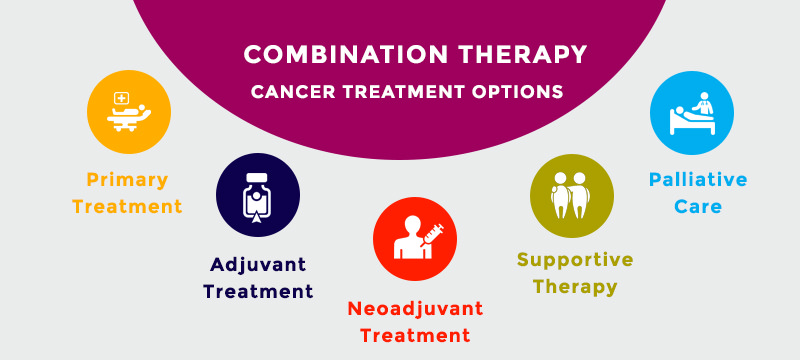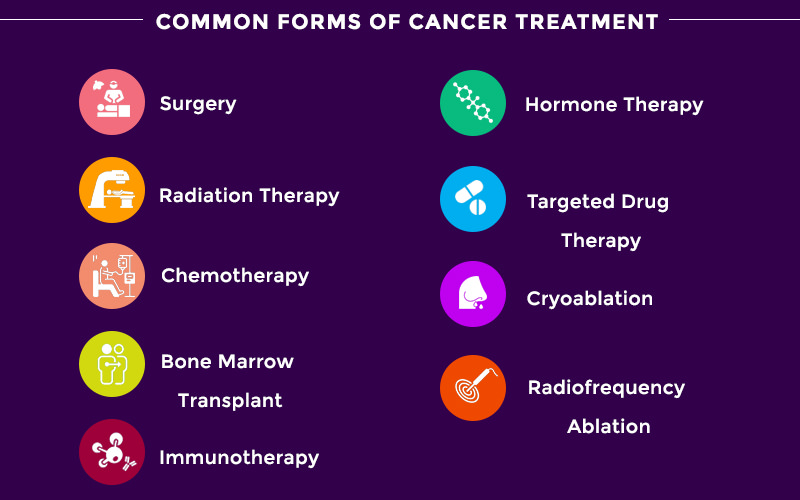Cancer is a term used for a large group of diseases that are caused when abnormal cells divide rapidly, and spread to the other tissues and organs. It is the disease that results when the cellular changes cause an uncontrolled growth and division of cells.
Many cancers form solid tumors, which are nothing but masses of tissue while some cancer such as leukemia does not have any visible tumor.
Cancer is one of the leading causes of death in the world.
Cancer can literally start anywhere in the human body, which is made up of innumerable cells.

The branch of medicine which is dedicated to diagnosing, treating, and researching cancer is known as oncology. Oncologist is a physician or surgeon who works in the field of cancer. Oncology has three main specialties which can be listed as:
It also has numerous sub-specialties.
A surgical oncologist is a surgeon who specializes in performing cancer-related operations.
A radiation oncologist specializes in treating cancer with radiation therapy to shrink or destroy cancer cells.
Medical oncologist is the one who specialises in chemotherapeutic management of cancers.
There is a host of options for the treatment of cancer. A continual development in the field of medicine and surgery is leading to the availability of more effective and better-targeted treatments. There are many modes of treatment options, but the cancer therapy is often personalised, which is why treatments can vary.
The purpose of cancer treatments is to kill as many cancerous cells while reducing damage to the normal cells nearby.
The treatment options depend on a multitude of factors such as the type of cancer, the location of the tumour, distribution, cell type, the stage of cancer, the spread of cancer, the patient's overall condition as well as possible other illnesses. Depending on the particular situation, the patient may receive either one treatment or the patient may receive a combination of treatments.
So what is combination therapy?
Cancer treatment most often involves combination therapy. Combination therapy means the combined use of many forms of treatment such as surgery, radiotherapy, and drugs. The purpose of combination therapy is to increase the patient’s scope for recovery.
Cancer treatment options can be classified under many groups and sub groups. Some of them are:
Primary treatment
The goal of a primary treatment is to completely remove the cancer from the patient’s body or to kill all the cancer cells. Any cancer treatment can be used as a primary treatment.
Adjuvant treatment
The goal of adjuvant therapy is to kill any cancer cells that may remain after primary treatment in order to reduce the chance that the cancer will recur. Radiotherapy or chemotherapy provided following the surgery or chemotherapy after radiotherapy are forms of adjuvant therapy. Adjuvant therapy ensures that cancer cells are destroyed, thereby improving the patient’s prognosis. Any cancer treatment can be used as an adjuvant therapy.
Neoadjuvant therapy
Neoadjuvant therapy is almost similar, but the only difference being the treatments are used before the primary treatment in order to make the primary treatment easier or more effective.
Supportive therapy
Supportive cancer therapy alleviates symptoms caused by cancer or its treatment. It can improve the patient’s wellbeing during and after the period of treatment. The anti-nausea medication, cancer pain treatment medications used during chemotherapy is a form of supportive therapy.
Palliative care
Palliative care alleviates the patient’s physical and psychological symptoms to improve the quality of life. Palliative care is used in cancer treatment , to treat the symptoms arising from cancer when no curative treatment can be offered.

Some of the common forms of cancer treatment under the above classifications are:
Surgery
At any given point, surgery is still the chosen treatment option for many forms of cancer. When used to treat cancer, surgery is a procedure in which a surgeon removes cancer from the patient’s body. There are many types of surgeries like the traditional open surgery, minimally invasive surgery(laparoscopic surgery, robotic surgery).
Radiation Therapy
Radiation therapy is a type of cancer treatment that uses high doses of radiation to kill cancer cells and shrink tumors.
Chemotherapy
Chemotherapy is a type of cancer treatment that uses drugs to kill cancer cells.
Bone marrow transplant
Bone marrow is the material inside the bones that makes blood cells from blood stem cells. A bone marrow transplant uses the patient’s own bone marrow stem cells or those from a donor.
Immunotherapy
Immunotherapy, also known as biological therapy, uses the body's immune system to fight cancer.
Hormone therapy
Some types of cancer are fuelled by the body's hormones like breast cancer and prostate cancer. Removing those hormones from the body or blocking their effects may cause the cancer cells to stop growing.
Targeted drug therapy
Targeted drug treatment focuses on specific abnormalities within cancer cells that allow them to survive.
Cryoablation
This treatment kills cancer cells with cold. During cryoablation, a thin, wandlike needle (cryoprobe) is inserted through the skin directly into the cancerous tumor. The freezing and thawing process is repeated many times during the treatment session in order to kill the cancer cells.
Radiofrequency ablation
This treatment uses electrical energy to heat the cancer cells, causing them to die. High-frequency energy passes through the needle and causes the surrounding tissue to heat up, killing the nearby cells.
The goal of cancer treatment is to achieve a cure for the cancer, allowing the patient to live a normal life. But sometimes, this may or may not be possible, depending on the specific situation. If a cure is not possible, the patient’s treatments may be used to shrink the cancer or slow the growth of the cancer so that the patient can live symptom free.

Cancer is curable and there are a host of treatment options available. Among the most recent developments in terms of surgical treatment, minimal access oncologic surgery appears to be an attractive option, mainly because it holds promise to reduce the surgical trauma to the cancer patients. Minimal access oncologic surgery seems to be the new ray of hope to many cancer patients worldwide.
Copyright© Designed & Developed by SlamDunk